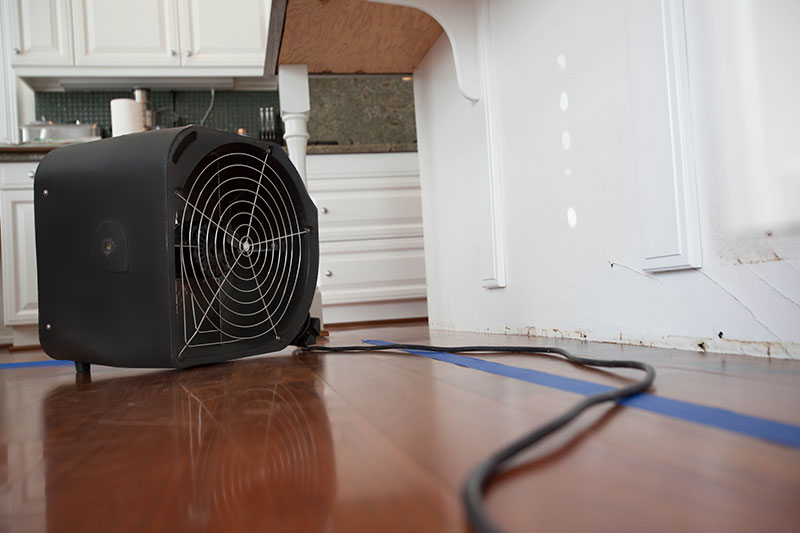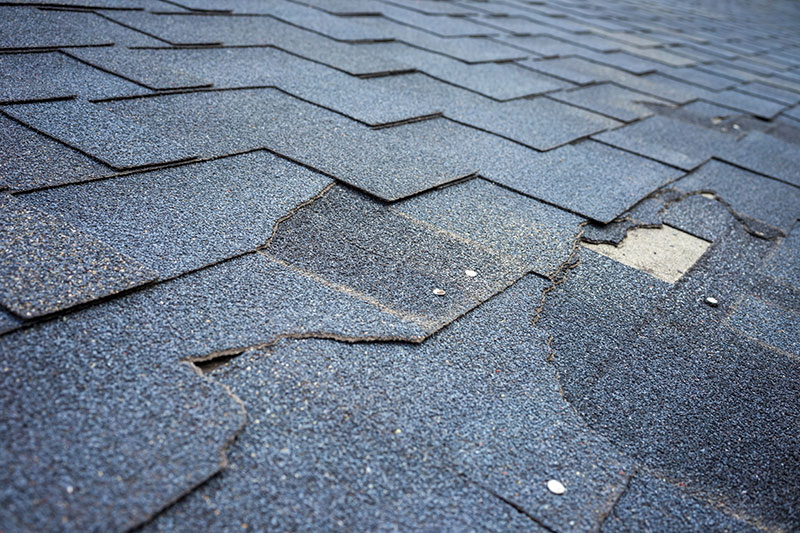Advertisement
Homeowners are responsible for the upkeep of their properties. Apart from simple chores such as sweeping floors and taking out the trash, it also involves regular maintenance tasks to make sure family members and even guests are comfortable despite weather changes. It’s a year-round job to keep homes neat, safe, and sturdy.
But there are times when nature and things challenge homeowner’s capabilities. A lot homeowners can relate to this especially those who are living in the states where it has its share of floods, landslides, earthquakes and even tornadoes. A severe winter storm can damage the roof or flood the basement while wildfires fires can damage part or the entire house. Burst pipes and mold growth are also additional concerns.
When these situations occur, homeowners should do more than panic. Emergency restoration tips can bring homes back to its former condition. Besides DIY patch ups or professional home restoration services, homeowners should also know include emergency preparedness to keep homes secure no matter the weather or disaster.
Emergency Restoration: DIY Versus Professional Services
Homeowners can choose between a DIY or hiring professional restoration companies to take care of water or fire damage. While homeowners often double as hand repairmen for minor jobs, companies like Summit Cleaning & Restoration can take the hassle out of the entire emergency restoration process. They handle cleanup and remodels so you can have your home back in no time.
Handling Emergency Repairs
Water and fire are the main threats to homes. Depending on the severity of the damage, you may choose to do the repairs on your own or hire professionals to do the job. If you choose to go the DIY route, remember the following tips when you’re doing emergency restoration.
Roof Damage
Roofs protect families from harsh elements. Rains and snow could remove several shingles and cause leaks. While, windstorms can also damage roofs.
However, it’s not a good idea to get on the roof in the middle of the storm. Doing so exposes you to a lot of hazards. Aside from potential injury from a wet and slippery roof, strong winds and even lightning can knock the life out of you. It’s best to wait until the storm passes to begin repairs.
Flashing along with caulk and special sealant can patch up holes due to fallen tree branches. You may need to use a tarp to cover areas that have several missing shingles. Make sure to use screw a plywood over large holes and then spread the tarp over the roof ridge to keep water away.
If rainwater or snow caused part of the roof to collapse, leads to a rotting roof deck or causes your ceiling to bulge, you should call restoration professionals to handle the job.
Water Damage

Water damage has varying complexities. Leaky faucets and burst pipes are easily resolved with repair know-how. But when it involves heavy basement flooding and widespread sewage back up, you may need more than a pail or a wet vacuum to remove all the water from your home. Water damage can cause other problems such as mold growth and bacteria infestation that can compromise your family’s health and your property’s structural integrity.
- Leaking Faucets And Burst Pipes
Assess the damage and see if you can handle it yourself. Shutting off the main water valve stops a burst pipe or a leaky faucet along with some plumbing skills. Set to clean up the area with a mop and bucket to minimize damage and prevent mold growth. If household items get wet, it’s best to wipe them clean or dry them under the sun. Have electrical appliances checked before using them so they won’t turn into fire hazards.
- Flooded Basement
If leaks or strong rain and storms make your basement flooded, it’s best to turn off power before you clean up and restoration. Make sure you wear boots when you’re treading on grey or black water that carry germs and contaminants. Use a wet vacuum then remove carpets and padding so the subfloor can dry. Open windows and use big box fans or large humidifiers to completely dry the basement. Once it’s dry, you’ll need to sanitize the entire area to prevent mold growth.
You can call in professionals to do the entire restoration process for your flooded basement or for your entire home. They have powerful equipment that can remove standing water from the basement and out of carpet and padding so you don’t have to replace them with new ones. Aside from these, they’ll also check on your electrical and HVAC system and make necessary repairs.
- Sewage Backup
Sewage backup is not only destructive as it is equally hazardous. While you can handle a minor spill with a sump pump or a wet vac, you would need to call in restoration professionals when it spreads to the entire house or if it poses a threat to a family member’s health. Handling sewage backup is not only messy and tedious. When it’s not done right, it could lead to considerable damage and even result to personal injury.
It’s best to leave sewage backup to the pros since they have the equipment and expertise. They’ll not only use dehumidifiers to dry the area but also employ disinfection techniques to make your home safe and livable once more.
Fire Damage
Small kitchen fires or raging wildfires common in the Oregon area can be devastating. They can damage several rooms or engulf entire homes that makes clean up and restoration all the more challenging. Apart from the soot, ash and debris, you’ll also need to consider water or chemical damage from fire-fighting efforts.
While you may be anxious to salvage belongings, you’ll have to wait for the go-signal of fire officials and your insurance company before you making an attempt. Experts need to ensure the structure is safe before anyone can enter.
Clean up and restoration depends on the severity of the fire damage. It may only involve the kitchen, several rooms or an entire floor.
- Grease Fires
Kitchen grease fires require minimal clean up as it is confined to a small space. Open windows to allow air circulation then proceed remove excess water with a shop vacuum. Remove water-soaked carpets or vinyl floorings so the floor can dry up. Toss out canned goods and electrical appliances damaged by water or heat.
- House Fires
Fires that damage several rooms or entire floors require more extensive clean up and restoration. You start use a power washer to clean the top of the house then move on to the roof gutters. Use glass cleaner for windows and a bleach solution to remove soot on walls and ceilings. Allow surfaces to dry for 24-48 hours to prevent mold and mildew growth.
Apart from cleaning, you should also clear out debris and discard damaged possessions. If you think you’re done, clean up also requires extensive laundry to remove smoke odors and soot from clothes. Don’t forget to clean furniture and home accessories as well. This can be a pain-staking effort, but you can spare yourself the hassle by having a fire restoration expert do the work.
Once the house is soot and odor-free, you can begin repainting walls and ceilings. Add in new or undamaged carpet and essential items so you can move in to your home. You can gradually add in home appliances and fixtures until you complete the restoration process. What’s important is you can have basic items to make your home livable once again.
Plan For Emergencies
Much like the maintenance tasks you do to keep your home sound, it pays to have an emergency restoration plan ahead of time. Doing so helps you approach emergencies calmly and prevents you from making reckless decisions that could further damage your home or cause personal injury.
You can prepare for emergency restoration needs when you have the necessary plumbing or carpentry skills to take care of flooding or roofing concerns. Aside from this, educating family members on what to do and who to call can ensure emergencies are addressed while minimizing risks to the structure and its inhabitants.
Acquiring adequate home insurance coverage also helps mitigate costs for cleanup and restoration. Learn about the usual hazards in your community and talk to an insurance company to obtain necessary coverage. Aside from regular home insurance for burst pipes, you also need to get fire or flooding insurance to help you with remodeling expenses. Taking time to prepare before an emergency happens will surely save you time and money—it may even save your home and ensure your loved ones’ safety.
Also, in case you need a portable generator, you should check out the best portable generator reviews to make sure you pick the best for you.
Conclusion
Accidents and disasters occur when you least expect them. Homeowners, however, can prepare for these situations by having an emergency plan that informs everyone what to do and who to call. It also involves having adequate home insurance for water, fire and flood damage.
Aside from preparation, homeowners also need to learn how to undertake emergency restoration steps to keep their homes from further damage and to keep their loved ones safe in the midst of accidents and disasters. Taking care of leaking roofs, burst pipes and small fires are essential for homeowners and their family members. When it comes to more complex issues such as mold growth, flooded basements, sewage backups and house fires, it’s best to call in professionals to help in the cleanup and restoration process to ensure homes are once again safe and comfortable.

